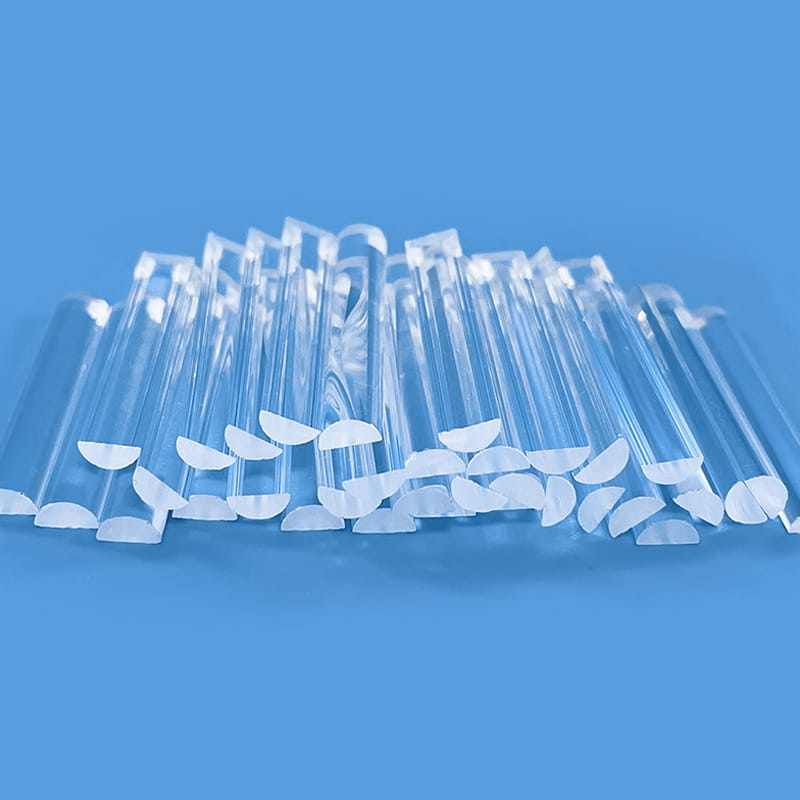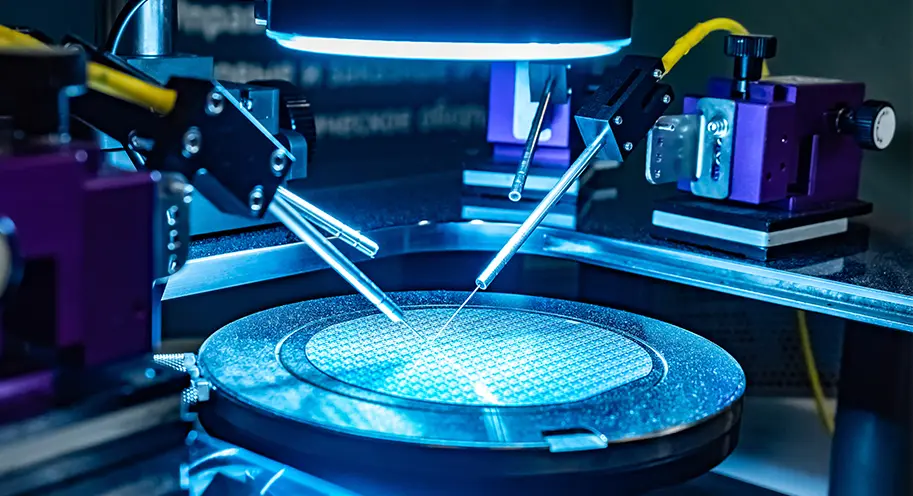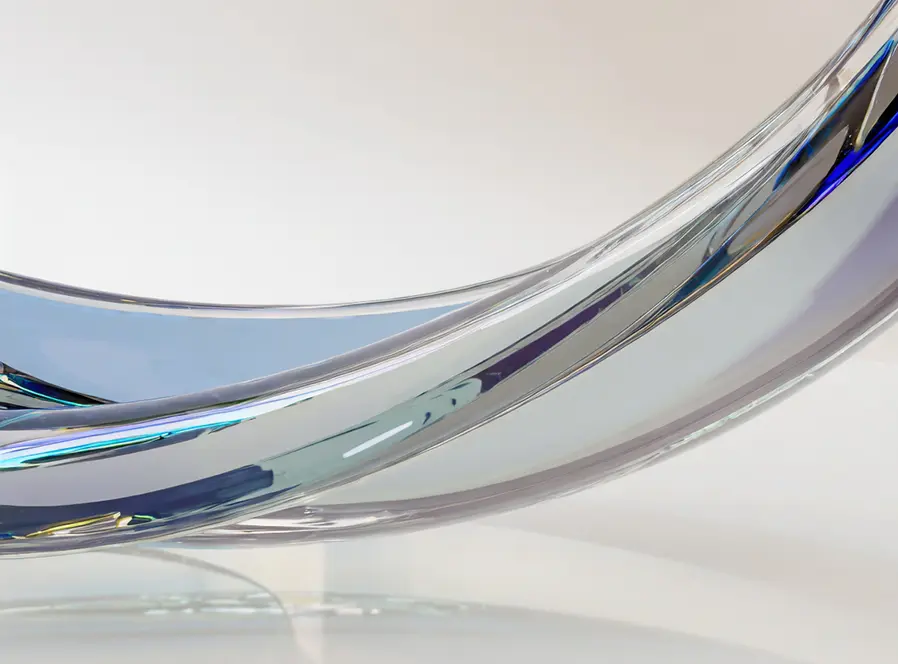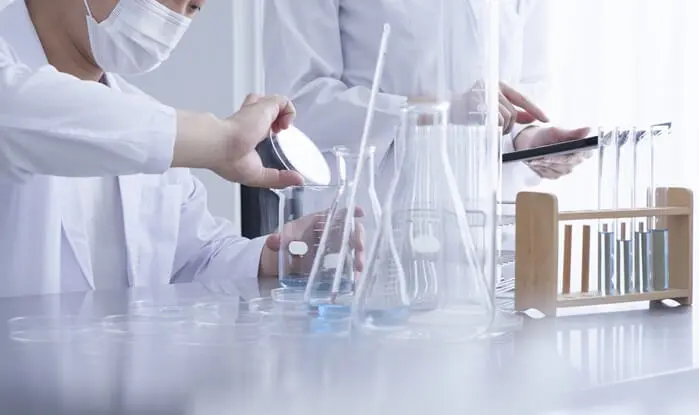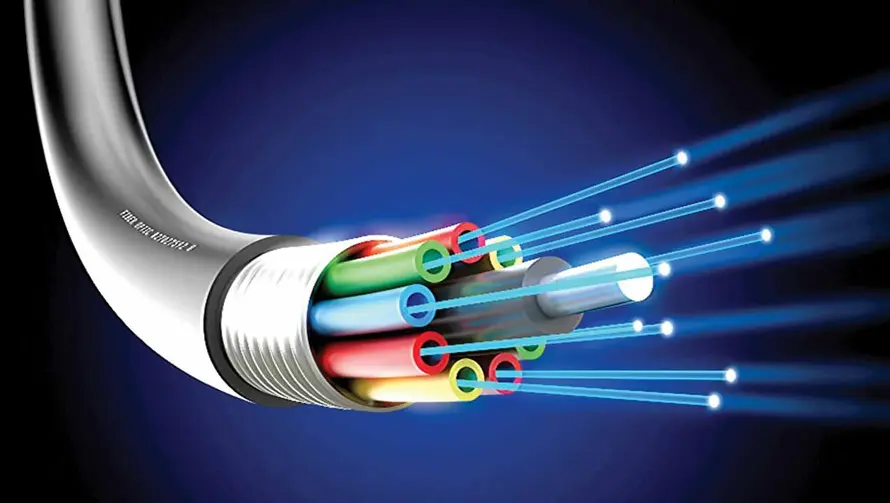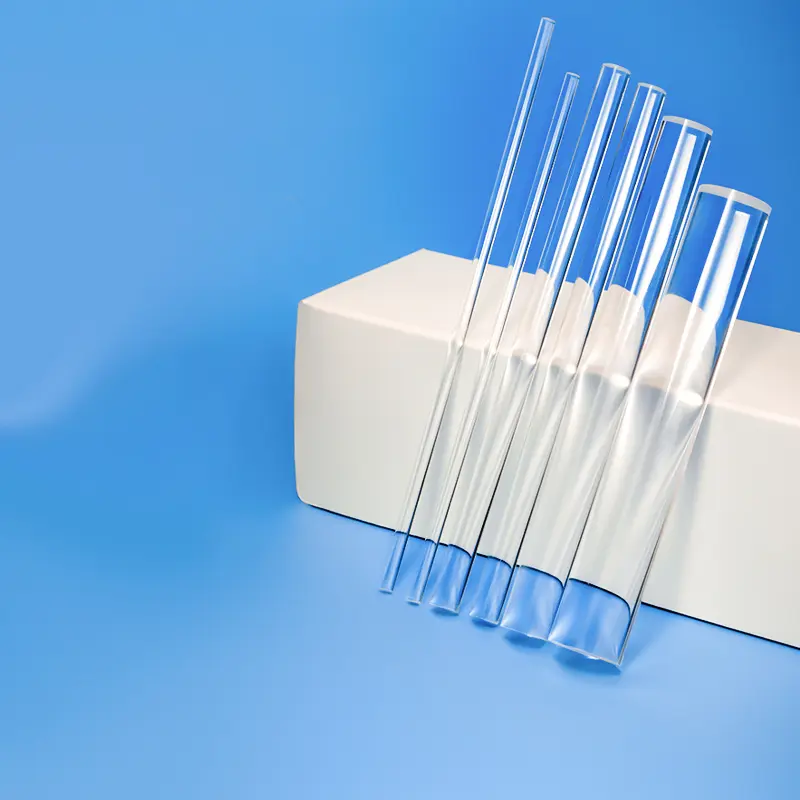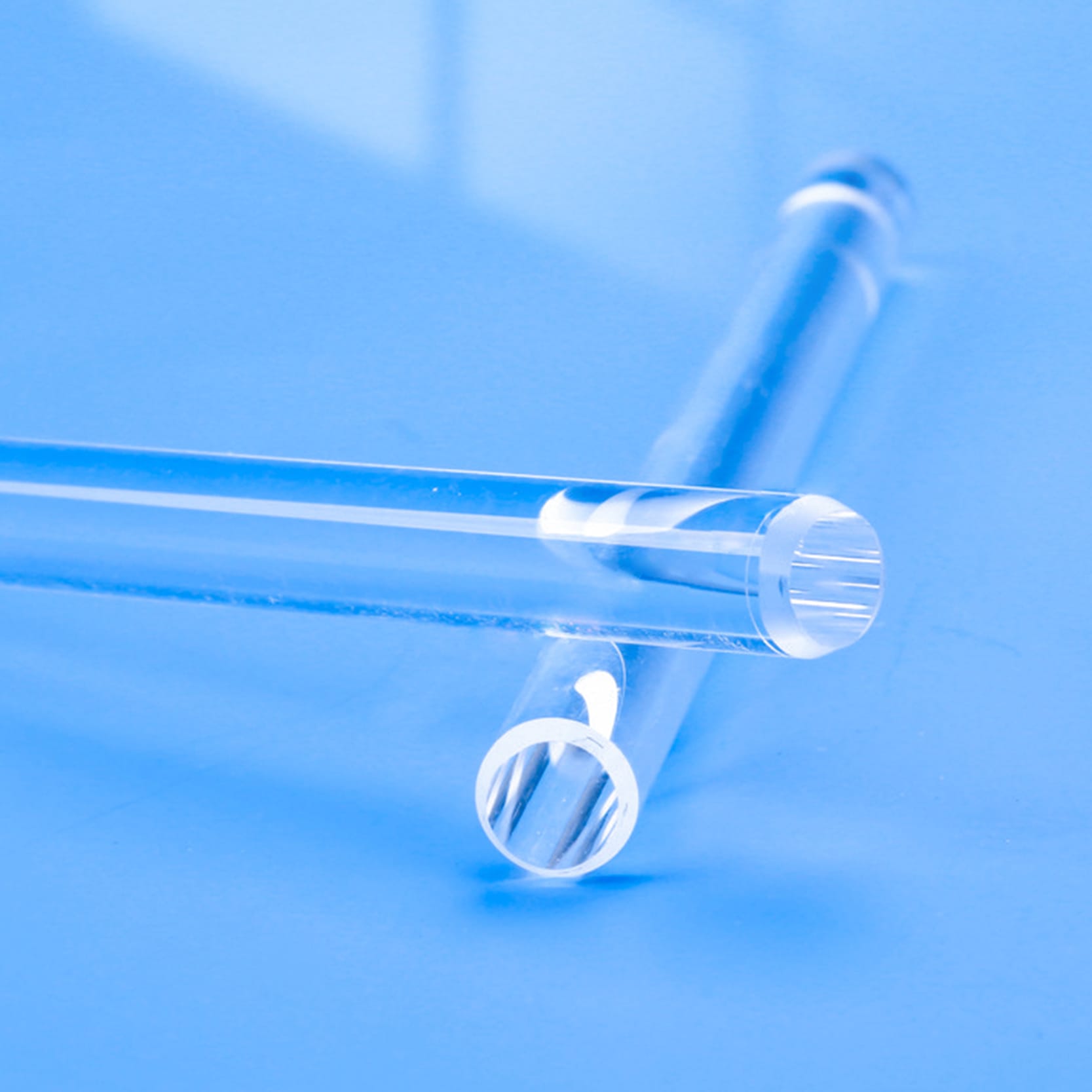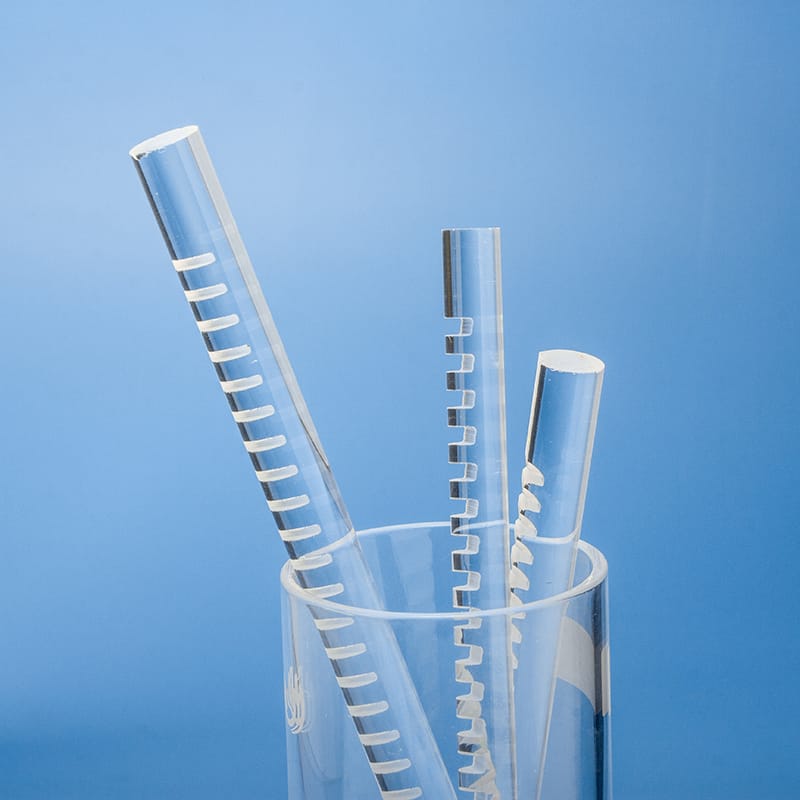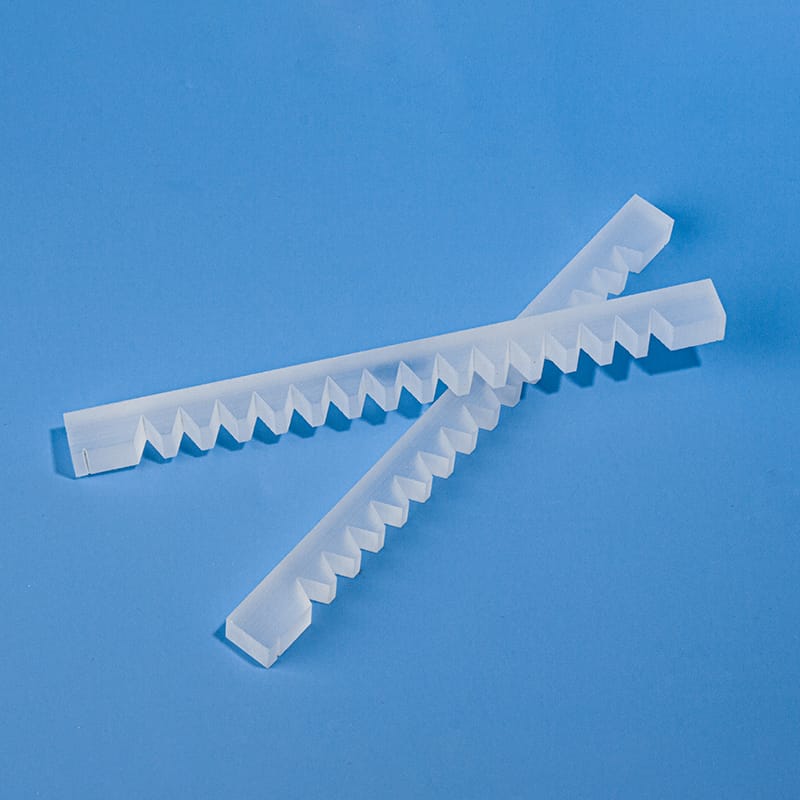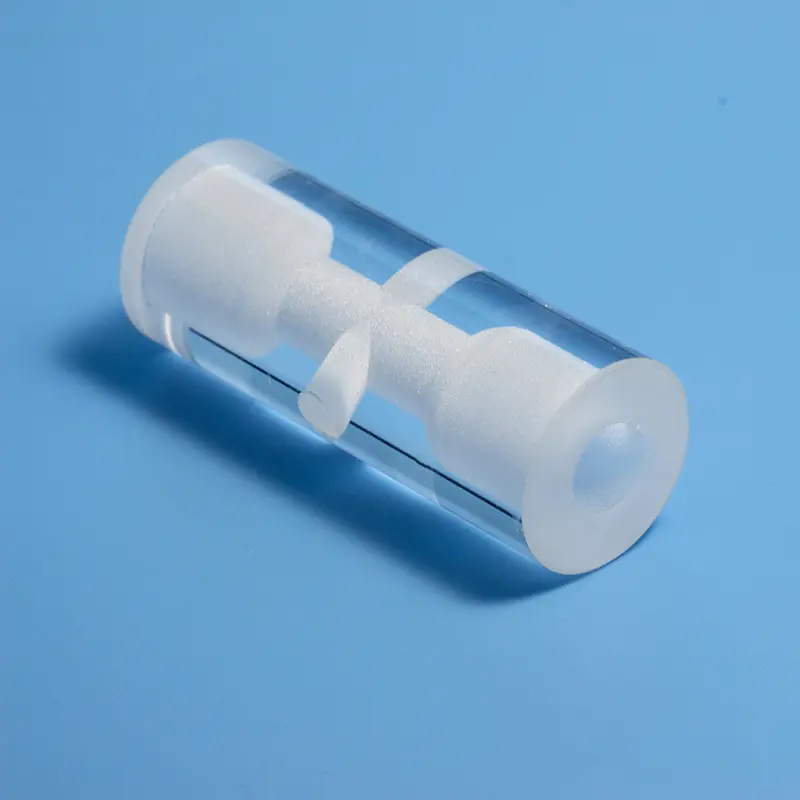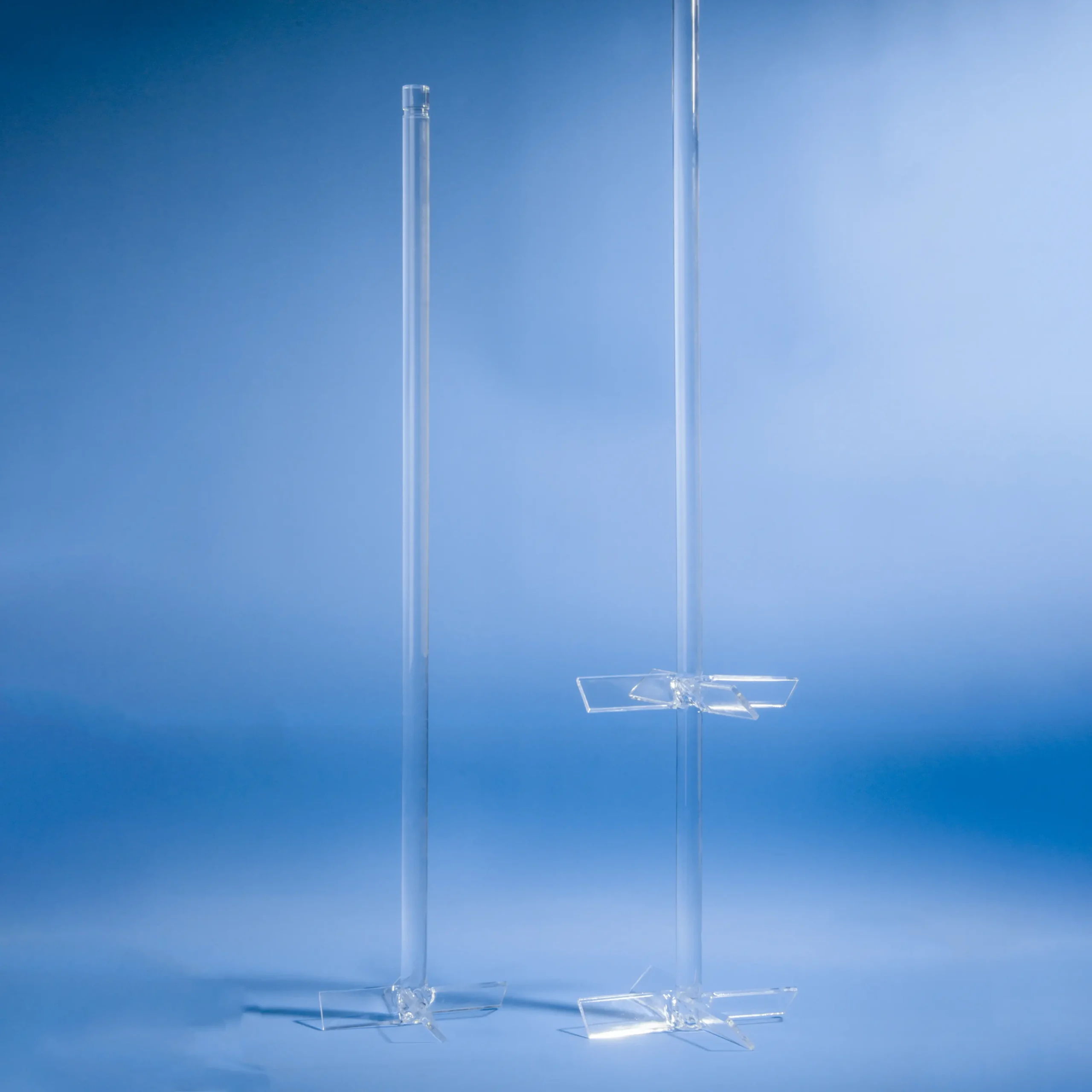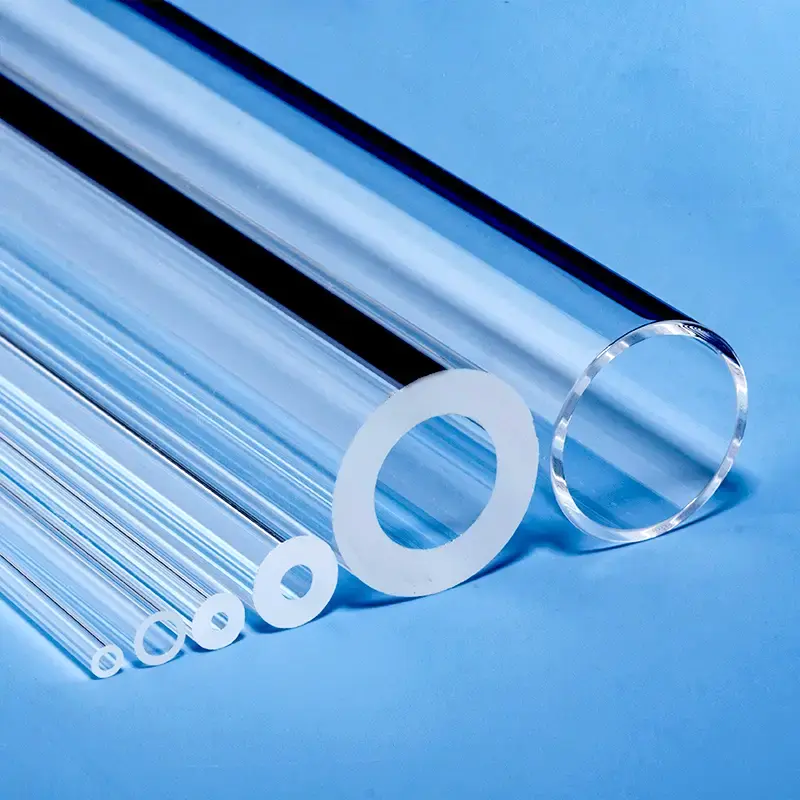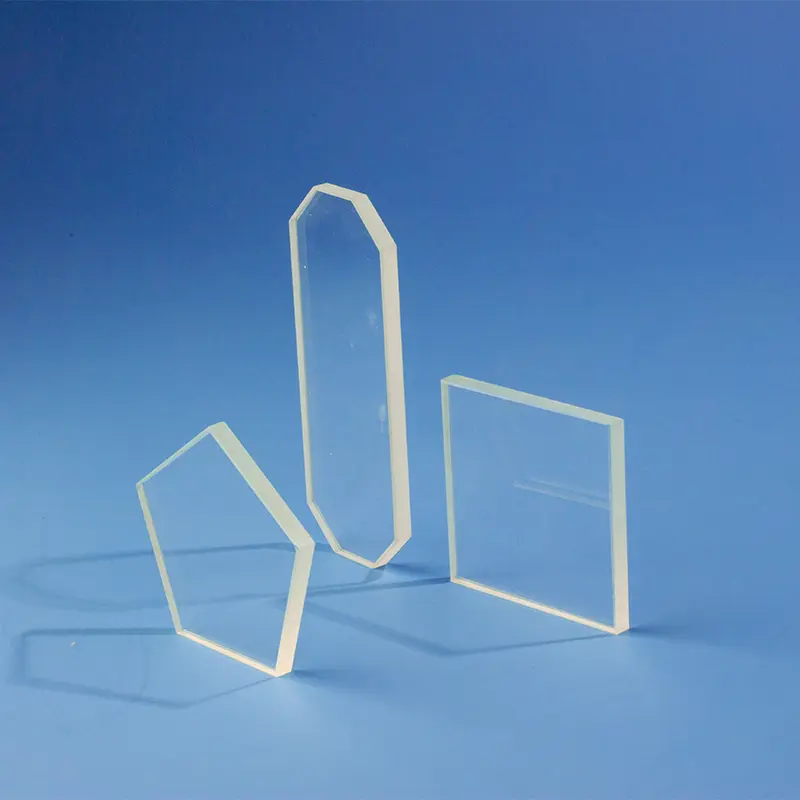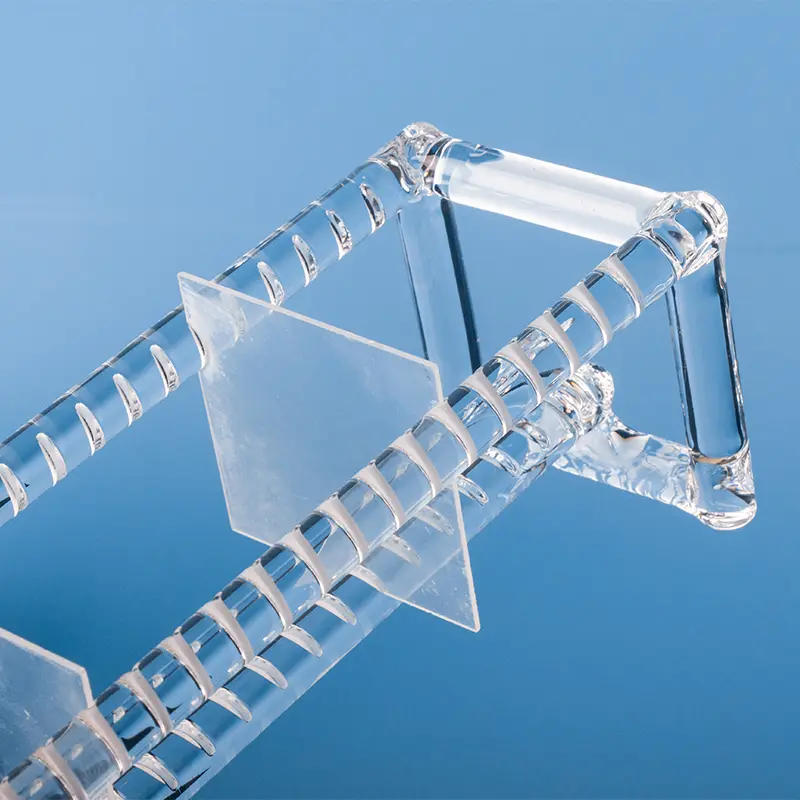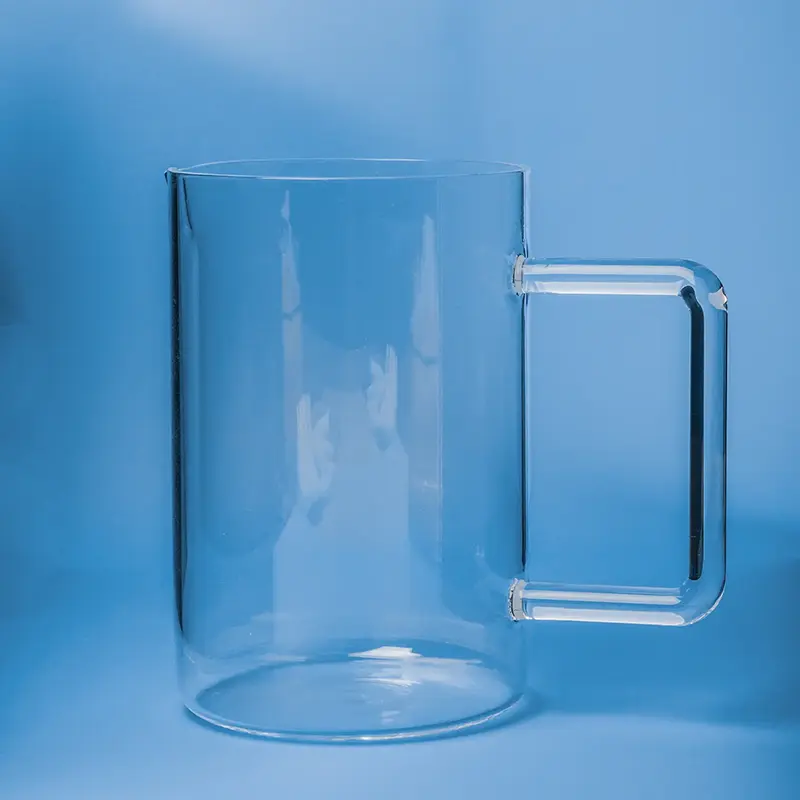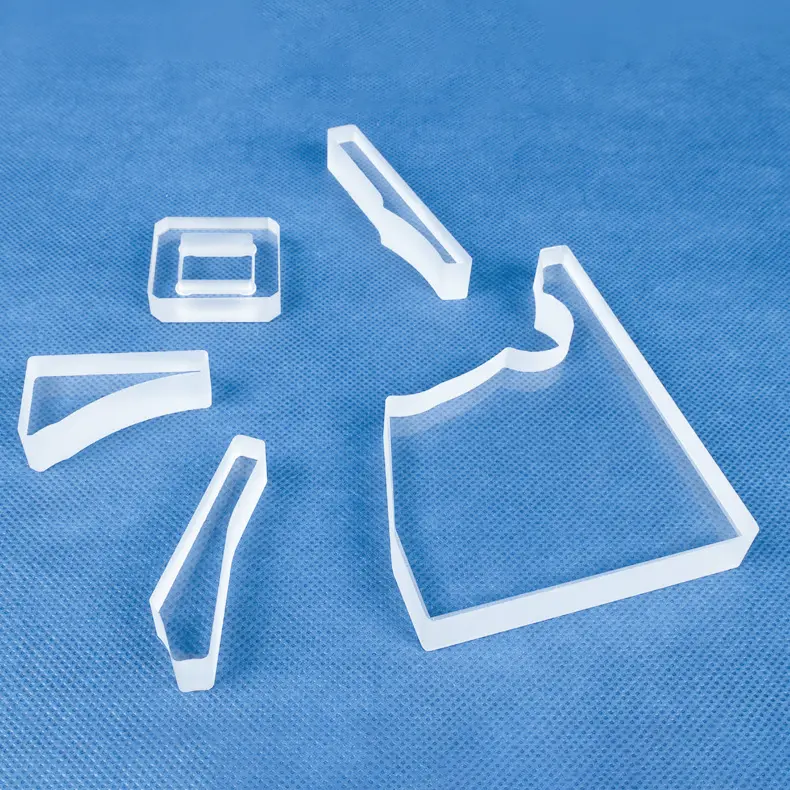A quartz semi-circular rod is a specialized product made from high-purity quartz material, featuring a semi-circular shape. Its unique form and excellent properties make it suitable for a wide range of applications.
| diameter | length |
|---|---|
| 10mm | 300mm |
| 10mm | 600mm |
| 12mm | 300mm |
| 12mm | 600mm |
| 14mm | 300mm |
| 14mm | 600mm |
| 15mm | 300mm |
| 15mm | 600mm |
| 15mm | 1000mm |
| 16mm | 300mm |
| 16mm | 600mm |
| 16mm | 1000mm |
| 16mm | 1200mm |
| 18mm | 300mm |
| 18mm | 600mm |
| 18mm | 1000mm |
| 18mm | 1200mm |
| 20mm | 300mm |
| 20mm | 600mm |
| 20mm | 1000mm |
| 20mm | 1200mm |
| 22mm | 300mm |
| 22mm | 600mm |
| 22mm | 1000mm |
| 22mm | 1200mm |
| 25mm | 300mm |
| 25mm | 600mm |
| 25mm | 1000mm |
| 25mm | 1200mm |
| 28mm | 300mm |
| 28mm | 600mm |
| 28mm | 1000mm |
| 28mm | 1200mm |
| 30mm | 300mm |
| 30mm | 600mm |
| 30mm | 1000mm |
| 30mm | 1200mm |
| 32mm | 300mm |
| 32mm | 600mm |
| 32mm | 1000mm |
| 32mm | 1200mm |
| 35mm | 300mm |
| 35mm | 600mm |
| 35mm | 1000mm |
| 35mm | 1200mm |
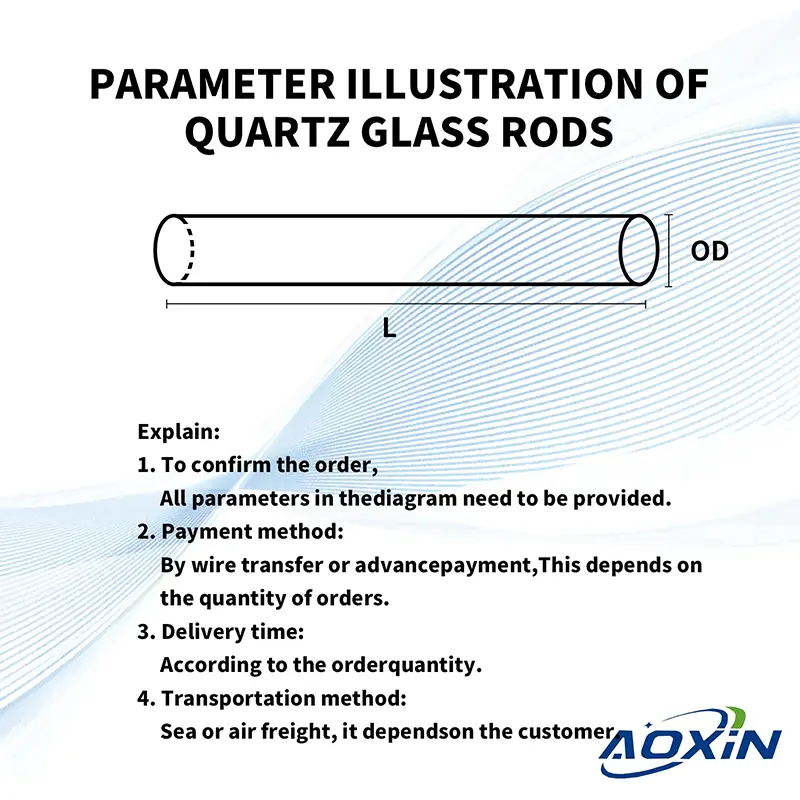
- Payment method:
By T/T or prepayment,
It depends on the quantity of the order. - Delivery time:
According to the order quantity. - Shipping method:
By sea or by air,
It depends on the customer.
Remarks:
To confirm the order,
the following parameters are required:
① outer diameter ② length ③ quantity
Ошибка: Контактная форма не найдена.
| Содержание недвижимости | Стоимость недвижимости |
|---|---|
| SiO2 | 99.99% |
| Плотность | 2,2×10³ кг/см³ |
| Твердость | 5,5 - 6,5 Шкала Мооса 570 KHN 100 |
| Прочность на разрыв | 4,8×10⁷ Па (Н/мм2) (7000 фунтов на кв. дюйм) |
| Прочность на сжатие | >1,1×10⁹ Па (160 000 фунтов на кв. дюйм) |
| Коэффициент теплового расширения | 5,5×10-⁷ см/см°C (20°C-320°C) |
| Теплопроводность | 1,4 Вт/м-°C |
| Удельная теплота | 670 Дж/кг-°C |
| Точка размягчения | 1730 °C (3146 °F) |
| Точка отжига | 1210 °C (2210 °F) |
| Точка деформации | 1120 °C (2048 °F) |
| Рабочая температура | 1200°C (2192°F) |
| Электрическое сопротивление | 7×10⁷ Ом см (350°C) |
| Размер | На заказ |
| Логотип | Подгонянный логос принимает |
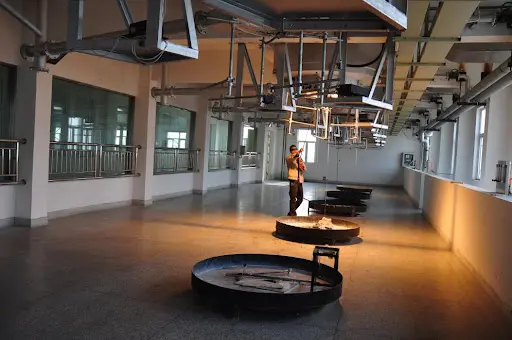
There are two primary methods for producing quartz rods: the continuous method and the flame fusion method (also known as the gas fusion method).
Continuous Method: In this method, quartz sand is fed from the top into a furnace, which comprises a metallic quartz crucible surrounded by electric heating elements. The quartz sand melts at high temperatures. The molten material then passes through a shaping orifice at the bottom of the crucible, producing rods, tubes, sheets, or other various specified product forms.
Flame Fusion Method: This method involves using hydrogen and oxygen to melt colorless quartz crystal. The molten material is formed into quartz glass through the melting and congealing of crystalline particles in the flame. The quartz glass is then removed from the flame through different methods and processed into quartz rods of the desired shape.
High Purity
The primary component of quartz semi-circular rods is silicon dioxide (SiO2), resulting in high purity. This characteristic makes them crucial in applications requiring high-purity materials, such as semiconductor manufacturing.
Стойкость к высоким температурам
Quartz semi-circular rods can withstand high-temperature environments without deformation or melting, making them excellent for applications in heat treatment and high-temperature furnaces.
Corrosion Resistance
These rods demonstrate excellent corrosion resistance to a variety of chemical substances, maintaining stability in harsh chemical environments.
Excellent Optical Properties
Quartz semi-circular rods possess superior optical properties, including high transparency and low light absorption, making them well-suited for applications in optical communication and spectroscopic analysis.
Сценарий применения
Semiconductor Manufacturing
Quartz semi-circular rods are used in semiconductor manufacturing as precision components or tools in wafer processing equipment, photolithography equipment, and other semiconductor process tools. They help ensure precise wafer processing and positioning.
In various semiconductor processes like cleaning, oxidation, photolithography, etching, and diffusion, quartz semi-circular rods may act as carriers or auxiliary tools to ensure process stability and precision.
Optical Instruments
Quartz semi-circular rods are used in the manufacturing of optical instruments as a substrate for optical components such as lenses and prisms. Their excellent optical properties enable light refraction, reflection, and beam splitting.
They also play an important role in optical equipment like spectrometers and thermal imagers.
Laboratory and Scientific Research
In laboratories, quartz semi-circular rods are often used in chemical experiments and spectroscopic analysis as stirring rods or reaction vessel components due to their chemical stability and inertness to most chemical substances.
In scientific research, they are used in high-precision measurement and analysis instruments to ensure the accuracy and reliability of experimental results.
Other Fields
Quartz semi-circular rods are used to make mechanical parts like pressure gauges and high-precision instruments used in high-temperature and high-pressure environments.
In optical fiber communication, they may be a part of the optical fiber preform, which is processed into optical fibers through specific techniques.
The manufacturing process of quartz rods primarily involves melting quartz sand into hollow quartz preforms using a plasma flame. These preforms are then mechanically cold-worked into thick-walled quartz tubes. Finally, a medium-frequency induction heating non-contact secondary shaping technology is used to produce the quartz rods. This meticulous process ensures the quartz rods possess high purity, low hydroxyl content, high dimensional accuracy, and a superior surface finish free of defects.
In the electronics industry, quartz rods are primarily utilized as substrates for semiconductor materials and as bases for electronic components. Their excellent electrical insulation and thermal stability make them ideal for use in high-frequency circuits and sensors, as well as other high-precision electronic devices. Quartz rods are also crucial for the production of photomasks and glass chips, which are vital for enhancing electronic device performance.
Quartz rods exhibit an extremely low coefficient of thermal expansion and excellent resistance to thermal shock.
Часто задаваемые вопросы
Кварцевое стекло - это твердый и хрупкий материал с отличными физическими и химическими свойствами, чрезвычайно высокой механической твердостью, хорошей электроизоляцией, высокой температурой и коррозионной стойкостью, низкой и стабильной задержкой, хорошим светопропусканием и т.д. Он широко используется в полупроводниках, оптике, электричестве, химии, аэрокосмической промышленности, автомобилестроении и других областях. Твердые и хрупкие материалы трудно поддаются обработке, поэтому во многих областях срочно требуются процессы резки с небольшим разрушением кромок, меньшими потерями материала, низкой шероховатостью поперечного сечения и широким диапазоном толщины реза. Традиционным методом резки кварцевого стекла является механическая резка, то есть резка кругом. К нетрадиционным методам резки относятся водоструйная резка, резка проволокой электрохимического разряда, непрерывная лазерная резка и т. д. Механическая резка имеет низкую стоимость, но контакт между кругом и материалом приводит к большому износу инструмента, а материал легко загрязняется инструментом. Кварцевое стекло подвержено разрушению кромок, микротрещинам и остаточному напряжению, что влияет на прочность и эксплуатационные характеристики материала! Трудно добиться криволинейной резки и требуется последующая обработка, такая как шлифовка и полировка. Лазерная резка не контактирует непосредственно с материалом, не имеет контактного напряжения и может выполнять сложную криволинейную резку. Пикосекундный лазер обладает такими преимуществами, как малый диаметр пятна, высокая точность, короткое время воздействия на материал и малая площадь воздействия, и подходит для обработки твердых и хрупких материалов.
。

